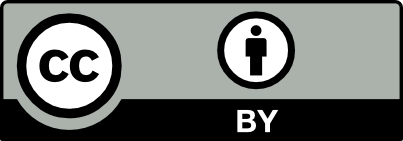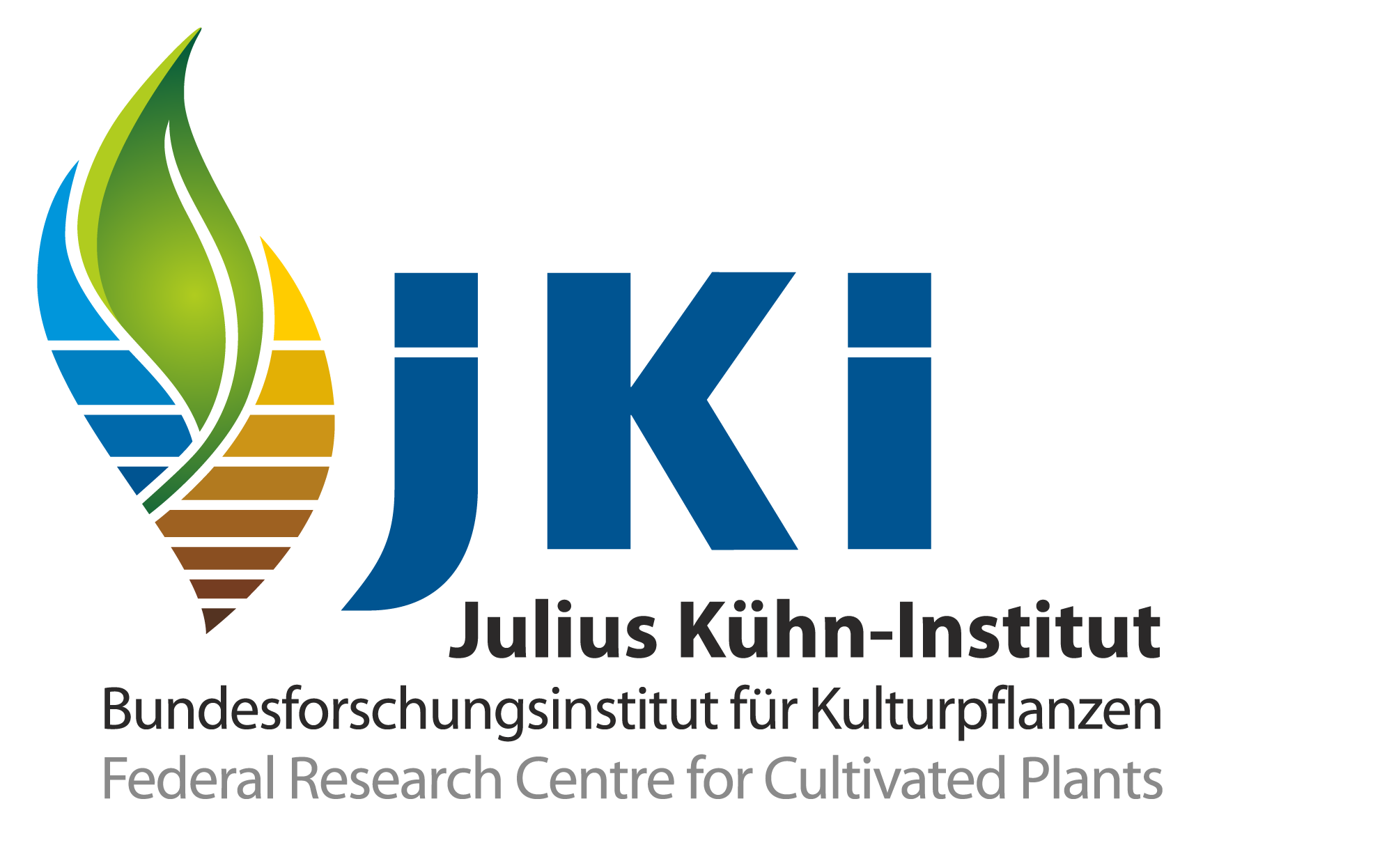Antifogging additives for greenhouse covers - effects on phytochemicals and nutritional quality of lettuce
DOI:
https://doi.org/10.5073/JABFQ.2022.095.010Abstract
Correction: Although every effort was made to ensure the accuracy of the information, an unintentional error was overlooked during the rigorous review process and incorrect data for Daily light integral (DLI) was printed in Tab. 1 of the published version from Jun 15, 2022. The authors sincerely apologize for any confusion or inconvenience caused by this oversight. The corrected data for Daily light integral (DLI) is published in the corrected version from June 12, 2023. The change does not affect other data in this article or its overall conclusions.
Antifogging additives are commercially used in greenhouse films to prevent water droplet formation on these films. This can increase light transmission, and thus, improve crop yield. However, the effect of polytunnels with antifogging additives on phytochemical content in lettuce (Lactuca sativa var. capitata ) is currently unclear. Here, polytunnels were chosen as a model to investigate the impact of antifogging additives in a completely randomized setting. Analysis by means of chromatographic methods coupled with mass spectrometry revealed a general influence of polytunnel cultivation compared to lettuces grown without a polytunnel on the content of phenolic compounds, photosynthetic pigments and fatty acids. The use of antifogging additives does not lead to significant differences in phenolic compounds and fatty acids. However, significant differences were observed for carotenoids and chlorophylls by both polytunnel cultivation and the use of antifogging additives. These differences probably occurred predominantly due to differences in light and temperature regimes related to polytunnel cultivation. Thus, due to polytunnels in general and the use of antifogging additives in particular, environmental conditions are created that impact valuable compounds and alter nutritional quality of crops.
Downloads
Published
Issue
Section
License
Copyright (c) 2022 The Author(s)

This work is licensed under a Creative Commons Attribution 4.0 International License.
From Volume 92 (2019) on, the content of the journal is licensed under the Creative Commons Attribution 4.0 License. Any user is free to share and adapt (remix, transform, build upon) the content as long as the original publication is attributed (authors, title, year, journal, issue, pages) and any changes are labelled.
The copyright of the published work remains with the authors. If you want to use published content beyond what the CC-BY license permits, please contact the corresponding author, whose contact information can be found on the last page of the respective article. In case you want to reproduce content from older issues (before CC BY applied), please contact the corresponding author to ask for permission.

.png)


